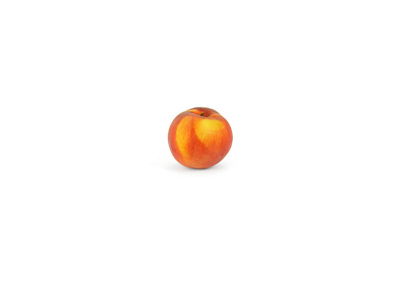The head of the foetus grows more slowly, so that the body gradually catches up and the foetus has more balanced proportions. Cartilage slowly hardens to become bone.
The bones in the arms, legs, ribcage and spine appear white in the ultrasound images. The skull consists of three large bones. They are connected by soft fontanelles, which enable the brain to continue growing.
Your child is lying in an ever more curved and cramped position inside the womb, which makes it increasingly difficult to measure the length of the body. So from now on, the doctor will evaluate the development of the foetus using the diameter of the head. They will measure the biparietal diameter (BPD), in other words, the distance between the two parietal bones in the skull.
If you are eating a balanced diet, you will now gain 1 to 1.5 kg on average every month. However, weight gain always depends on the individual. You may notice your mammary glands and milk ducts becoming harder. There is no need to be concerned about this. From this point onwards, your breasts are capable of secreting colostrum – a clear, yellowish fluid.
The placenta is now fully formed. It is responsible for supplying the child with oxygen and nutrients from your bloodstream via the umbilical cord. Waste products are also transported away from the foetus in this way. Hormones produced in the placenta will prepare your body for giving birth. The placenta protects the foetus from harmful substances, however you should still be careful about what you eat, drink and inhale.
Your baby is about the size of a peach.

